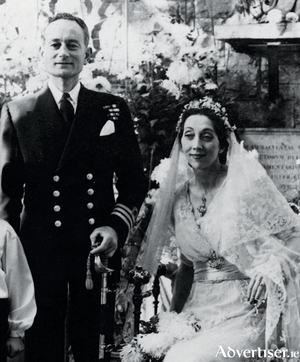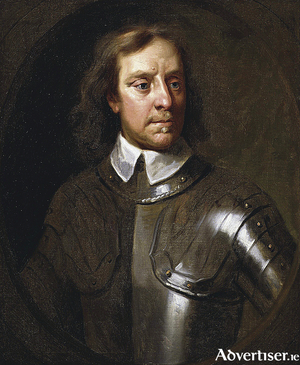Search Results for 'West Indies'
11 results found.
‘The best security for the honour of a wife, is prudence on the part of the husband.’
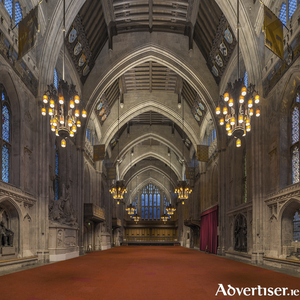
Week III. It took two years since Col Richard Martin’s wife Eliza eloped with John Petrie, a merchant, before the long process of divorce in the 18th century could begin. It promised to be a sensational case given the status of Martin, a larger than life character, one of the largest landowners in Ireland, his reputation as duellist, and his enormous popularity for his gift of mimicry and acting.
The ‘vicious appetite’ - the most human of all frailties
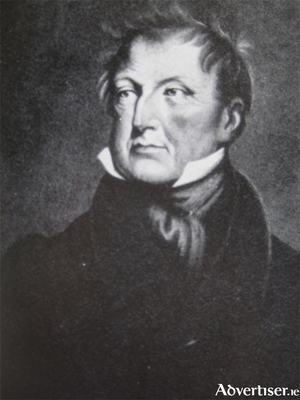
Mrs Eliza Martin, threw caution to the wind, and settled down to live openly with Mr John Petrie, a merchant, at his London house in Soho Square. Her flaunting of the end of her 13 years marriage to Richard Martin, a man of legendary accomplishments, and the owner of vast lands in Connemara, who was not a man to be reckoned with, left society wondering what his response would be to this embarrassment.
Broken angels tell a tale
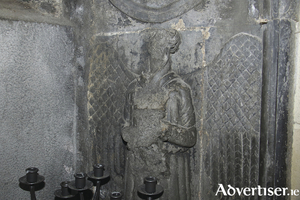
Living in Ireland during the mid 17th century was a frightening and a bloody time. Following the extreme political crisis that resulted in civil war in England, Ireland was plunged into a period of despair that would lead to the surrender of Galway, and the beginning of its gradual demise. The invasion by Oliver Cromwell’s New Model Army, a ruthless exterminating machine, in 1649, led by Cromwell himself, not only destroyed all military opposition, besieged and ransacked towns, and imposed harsh penal laws on Catholic survivors, but it changed the demographic of the cities and lands with the resettlement of faithful Cromwellian generals, and their families. And in a new twist: tens of thousands of Irish people were transported to plantations in the West Indies, and elsewhere.
Banks Castle
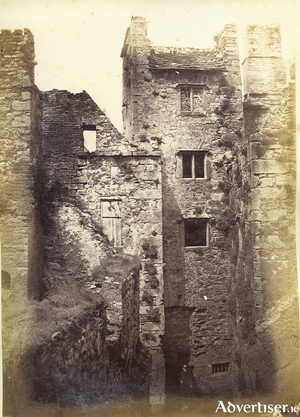
We came across this drawing in the National Library titled “A narrow street in Galway, c.1840-1850”. The clue is in the handwriting at the top of the image, ‘Castle Bank’. In fact, it was a courtyard, not a street, looking at the back of Banks Castle off High Street. Our photograph (courtesy of the Chetham Library in Manchester), shows us much the same view about 25 years later. The property is now part of the King’s Head.
Irish SoundSystem Gathering Weekender 2018
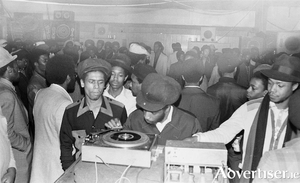
FIRE UP the dance - Ireland’s second nationwide Soundsystem Gathering Weekender comes back to Galway this Halloween, to deliver two days of music, culture, and cuisine.
Galway to welcome home Altantic rowing hero Gavan this weekend
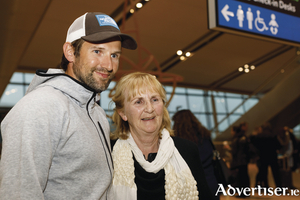
Galway will officially welcome home world recorder holder for a solo Atlantic row Gavan Hennigan, this Sunday at the Salthill Hotel from 12 noon to 2pm.
A medieval tale of fashion, wealth and love
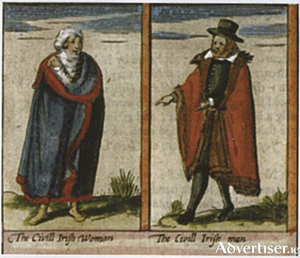
Hands up those who know who was the Coco Chanel of 15th century Galway?
Racing the Union’s blockade of Confederate ports
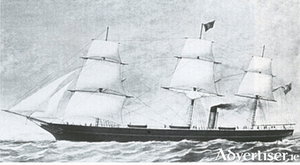
The American Civil War (1861-1865) offered rich pickings to qualified seamen and shipowners looking for quick profits. The Union blockade of southern ports was beginning to have an effect on Confederate trade. But any ship which steamed safely through the blockade could command high prices for its cargo. On the homeward journey, if you were lucky, large profits could be made on a cargo of cotton which was in big demand in Britain.
